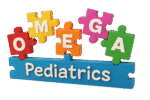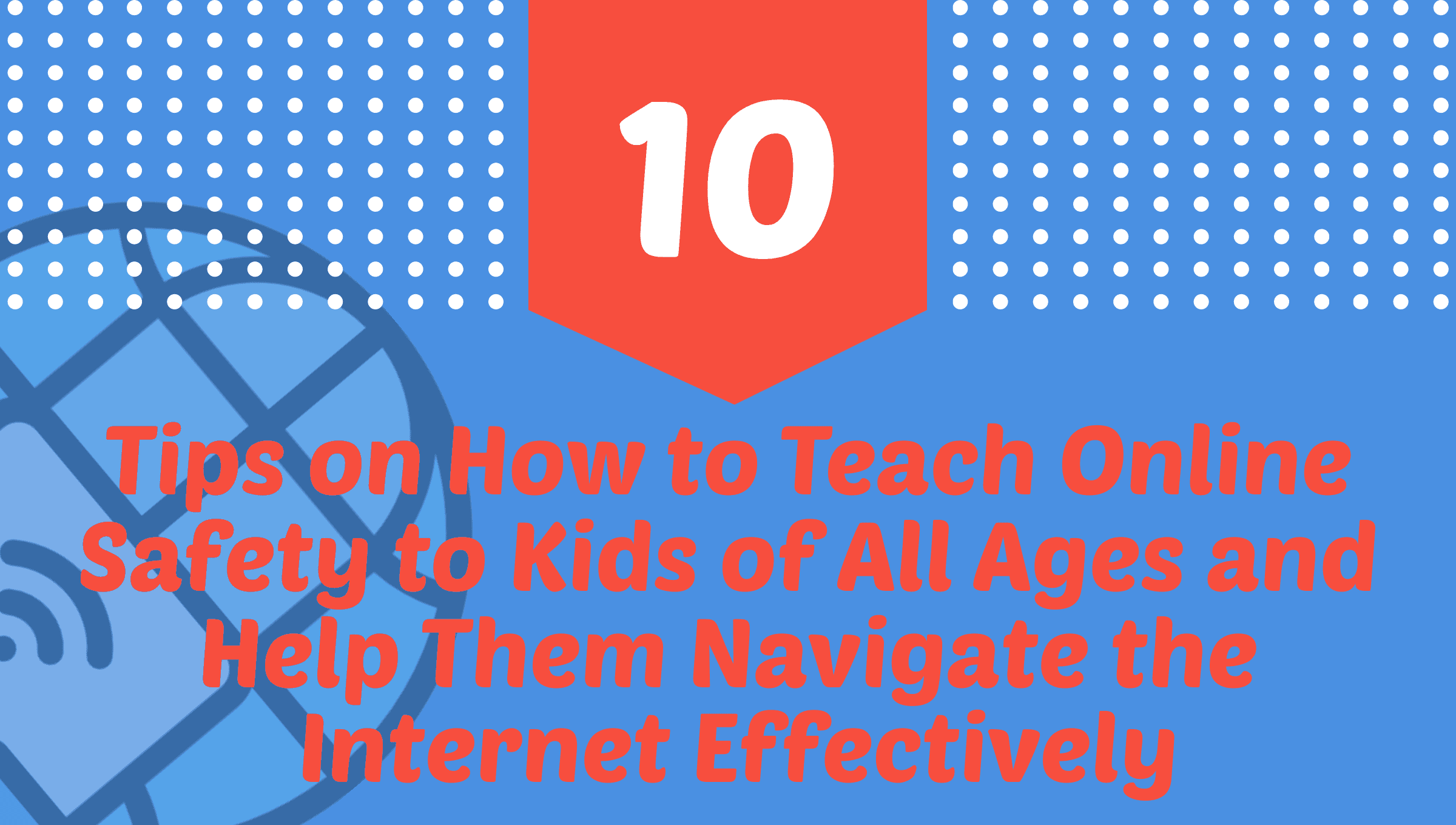
In the US, 1 in 4 girls and 1 in 13 boys experience child sexual assault before the age of 18.
These estimates are based on reported cases of sexual abuse, and it is believed that many cases go unreported, so the actual numbers could be higher.
These estimates are based on reported cases of sexual abuse, and it is believed that many cases go unreported, so the actual numbers could be higher.
- Physical effects
- Emotional effects
- Behavioral effects
- Developmental effects
What Are the Signs & Symptoms That a Child May Be Experiencing Sexual Abuse?
- Changes in behavior
- Physical symptoms
- Nightmares or flashbacks
- Sexual knowledge beyond their age
- Difficulty in walking or sitting
- Avoiding certain people or places
How to Report Them
- If you suspect that a child is experiencing sexual abuse, it’s essential to report it immediately to protect the child from further harm. Here are the steps to follow to report child sexual abuse:
- If you believe that the child is in immediate danger, call 911 or your local emergency services.
- Contact your country’s child protection agency or local law enforcement agency. They will have specific guidelines and procedures for reporting suspected child abuse.
- Provide as much information as possible, such as the child’s name, age, and location, the suspected abuser’s name and contact information, and any details about the abuse that you know.
- If you are a mandated reporter, such as a teacher, healthcare provider, or social worker, you are required by law to report suspected child abuse. Follow the reporting guidelines of your organization.
- Keep a record of any information or conversations related to the suspected abuse. This may be helpful in the investigation or prosecution of the case.
Long-Term Impacts of Child Sexual Abuse
Childhood sexual abuse can have profound and lasting effects on victims, encompassing physical, emotional, behavioral, and developmental aspects. Understanding the multifaceted repercussions of such abuse is crucial for recognizing and addressing the needs of survivors.
1. Physical Effects:
Beyond the immediate trauma, child sexual abuse can manifest in various physical health issues. Victims may experience chronic pain, gastrointestinal problems, or reproductive health challenges. These physical symptoms often become enduring reminders of the abuse, underscoring the importance of a comprehensive approach to recovery that addresses both physical and psychological aspects.
2. Emotional Effects:
The emotional toll of sexual abuse can be overwhelming. Survivors may grapple with feelings of shame, guilt, anxiety, depression, or post-traumatic stress disorder (PTSD). These emotional scars can persist into adulthood, affecting relationships, self-esteem, and overall mental well-being. Recognizing and addressing these emotional consequences is pivotal for survivors on their path to healing.
3. Behavioral Effects:
Child sexual abuse can significantly influence a victim’s behavior. Survivors may engage in self-destructive behaviors, such as substance abuse or self-harm, as coping mechanisms. Additionally, they might struggle with forming healthy relationships or exhibit behavioral challenges, requiring therapeutic interventions to break these patterns and foster positive change.
4. Developmental Effects:
The impact of sexual abuse on a child’s development is profound. It can disrupt normal developmental milestones and hinder the formation of a secure sense of self. Cognitive, social, and emotional development may be impeded, necessitating specialized support and intervention to mitigate these long-term effects.
Recognizing Signs & Symptoms
Identifying potential signs that a child may be experiencing sexual abuse is essential for early intervention. Caregivers, educators, and community members play a crucial role in observing and responding to these indicators.
1. Changes in Behavior:
Sudden shifts in behavior, such as withdrawal, aggression, or extreme mood swings, can be indicative of underlying trauma. Observing and addressing these changes promptly can contribute to the well-being of the child.
2. Physical Symptoms:
Unexplained injuries or physical discomfort may be signals of abuse. Regular health check-ups and open communication with children about their well-being can aid in identifying and addressing any physical signs of abuse.
3. Nightmares or Flashbacks:
Persistent nightmares, flashbacks, or sleep disturbances may suggest the presence of trauma. Creating a safe space for the child to express their feelings and experiences is crucial for understanding and addressing these psychological symptoms.
4. Sexual Knowledge Beyond Their Age:
Children exhibiting knowledge or behaviors that are beyond their age-appropriate understanding may be experiencing sexual abuse. Vigilance and open communication are essential for uncovering and addressing any inappropriate exposure or experiences.
5. Difficulty in Walking or Sitting:
Physical discomfort while walking or sitting may indicate physical abuse or trauma. It is vital to approach such signs with sensitivity and seek appropriate medical and psychological support for the child.
6. Avoiding Certain People or Places:
If a child consistently avoids specific individuals or locations, it may signal discomfort or fear related to potential abuse. Encouraging open communication and creating a supportive environment can empower the child to share their concerns.
Reporting Child Sexual Abuse: A Collective Responsibility
Recognizing the signs of child sexual abuse is only the first step; reporting promptly and effectively is equally crucial. Reporting ensures that appropriate authorities can intervene to protect the child and initiate necessary investigations.
Steps to Report Child Sexual Abuse:
- Immediate Danger:
If you believe a child is in immediate danger, dial 911 or your local emergency services without delay. Quick action can be instrumental in safeguarding the child from further harm.
- Contact Local Authorities:
Reach out to your country’s child protection agency or local law enforcement. Each jurisdiction has specific procedures for reporting suspected child abuse. Cooperation with these agencies is vital for a thorough and effective response.
- Provide Detailed Information:
When reporting, provide as much information as possible. Include the child’s name, age, and location, details about the suspected abuser, and any information related to the abuse. A comprehensive account can aid authorities in their investigation.
- Mandated Reporting Obligations:
If you are a mandated reporter, adhere to the reporting guidelines outlined by your organization. Professionals such as teachers, healthcare providers, and social workers have a legal obligation to report suspected child abuse.
- Document Information:
Keep a record of any information or conversations related to the suspected abuse. This documentation can serve as valuable evidence during investigations and legal proceedings.
In the Next Steps of the Healing Journey
Reporting child sexual abuse initiates a crucial process that involves investigation, intervention, and, most importantly, providing support for the survivor. The long-term effects of abuse necessitate a comprehensive approach that addresses both the immediate safety concerns and the ongoing healing process.
In the subsequent sections, we will delve into the investigative procedures, legal aspects, and the crucial role of counseling and support services in the recovery journey of survivors of child sexual abuse. Understanding the holistic framework surrounding child sexual abuse is paramount for building a society that actively protects its vulnerable members and fosters an environment of empathy and healing.
Investigative Procedures and Legal Aspects
Once a report of child sexual abuse is made, the investigative process begins. Law enforcement and child protection agencies work collaboratively to gather evidence, conduct interviews, and assess the safety of the child. Understanding the legal aspects of child sexual abuse cases is critical for ensuring a thorough and just investigation.
1. Forensic Interviews:
Forensic interviews are a crucial component of the investigative process. Specially trained professionals conduct these interviews in a child-friendly and trauma-informed manner, aiming to gather accurate and reliable information while minimizing additional distress for the child.
2. Medical Examination:
A comprehensive medical examination may be conducted to assess and document any physical injuries or signs of abuse. This step is essential for both the well-being of the child and the collection of evidence that may support legal proceedings.
3. Legal Proceedings:
Depending on the evidence gathered during the investigation, legal actions may be initiated against the alleged abuser. Legal proceedings can vary, but they often involve court hearings, testimony from the child, and the presentation of evidence. It is crucial for the legal system to prioritize the well-being of the child throughout this process.
4. Protective Measures:
To ensure the safety of the child during and after the investigation, protective measures may be implemented. These can include restraining orders, supervised visitation, or removal of the child from a dangerous environment.
Counseling and Support Services
Recognizing the complex aftermath of child sexual abuse, therapeutic interventions play a pivotal role in the healing journey of survivors. Mental health professionals with expertise in trauma-informed care can provide specialized support to address the emotional and psychological impact of the abuse.
1. Trauma-Informed Counseling:
Trauma-focused counseling helps survivors navigate the emotional challenges resulting from sexual abuse. Therapists employ evidence-based approaches to empower survivors, build resilience, and promote emotional well-being.
2. Support Groups:
Joining support groups provides survivors with a sense of community and understanding. Sharing experiences with others who have undergone similar trauma fosters connection, reduces isolation, and reinforces the belief that healing is possible.
3. Family Support:
In many cases, involving the survivor’s family in the healing process is essential. Family therapy can facilitate communication, understanding, and support, creating a more conducive environment for the survivor’s recovery.
4. Educational Programs:
Educational initiatives can help raise awareness about child sexual abuse, its prevention, and the available support services. By fostering a culture of openness and education, communities can contribute to breaking the silence surrounding these issues.
Conclusion
Child sexual abuse is a pervasive and deeply distressing issue that demands a multifaceted response from society. From recognizing the signs of abuse to reporting it promptly, and subsequently engaging in thorough investigations, legal actions, and supportive interventions—the collective effort is vital.
As we navigate through the complexities of addressing child sexual abuse, it is imperative to remember that each step in this process contributes to a safer and more compassionate society. By prioritizing the well-being of survivors, implementing preventative measures, and continuously refining our support systems, we can work towards breaking the cycle of abuse and fostering an environment where every child is safe, heard, and protected.
However, the journey does not end with addressing individual cases; it extends to building a culture that actively opposes and prevents child sexual abuse. Through ongoing education, open dialogue, and a commitment to safeguarding the vulnerable, we can collectively create a world where the rights and dignity of every child are upheld.
In conclusion, the battle against child sexual abuse is a shared responsibility that requires unwavering dedication from individuals, communities, and institutions alike. By standing together, advocating for change, and prioritizing the welfare of our children, we can work towards a future where no child has to endure the trauma of sexual abuse.



